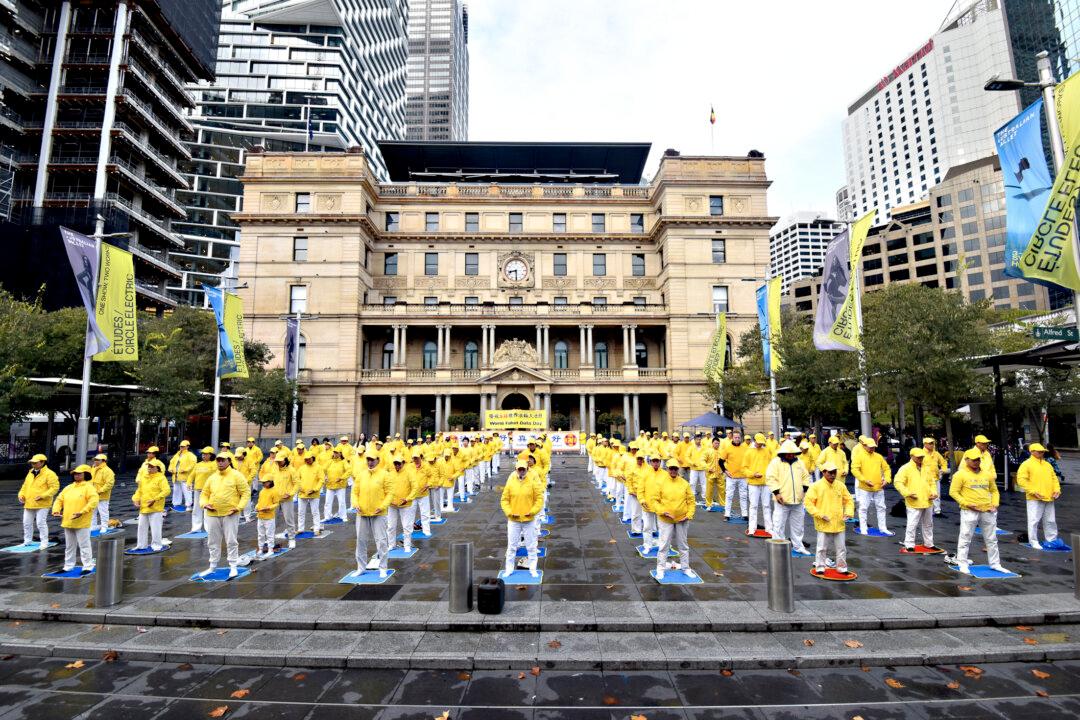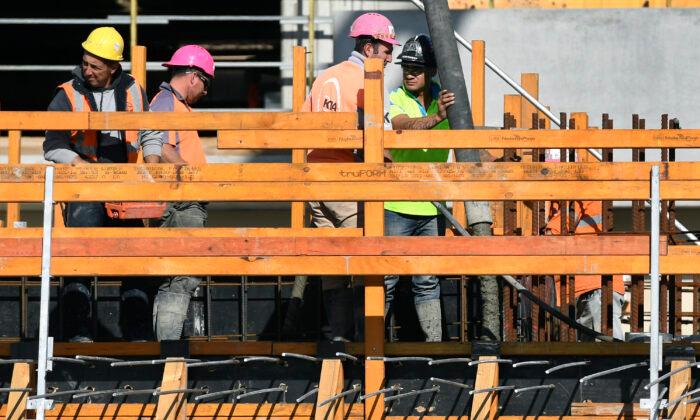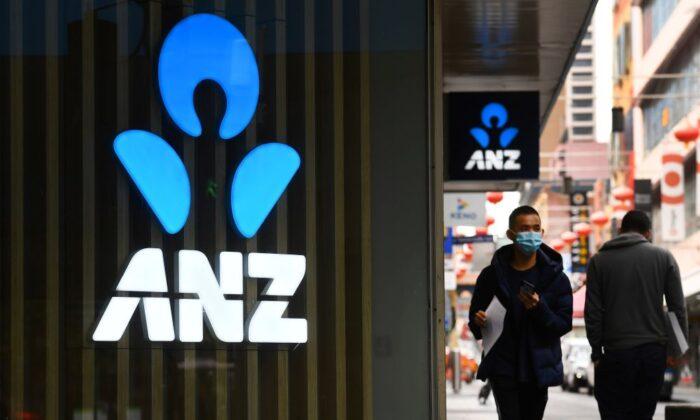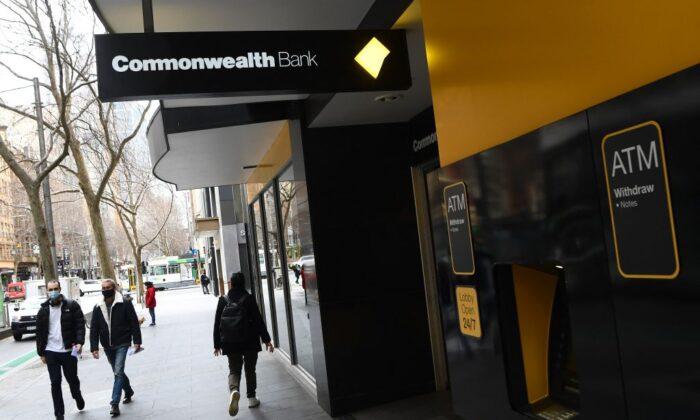New home building in Australia is set to decline from its peak to a trough in 2025, amidst interest rates increase, building cost surge and capacity constraints, the House Industry Association (HIA) said. The industry peak body also anticipates increasing cash flow pressures on builders from rising borrowing costs and slowing demand.
However, Australia’s record volume of new homes in the pipeline means that there will be no sudden slowdown in building activity at least for 12 months.
“In previous rate rising cycles, the first increase in the cash rate could lead to a slowing in new home construction just six months later,” the report says. “In this cycle, the large volume of work that has been sold but not yet commenced will see a longer lag before the commencement of new detached homes starts to decline.”
Data shows the volume of homes under construction in the December 2021 quarter was 64 percent above the average of the past decade, and there were also more homes approved and waiting for commencement than in any previous cycle.
The report expects the volume of detached houses under construction to remain elevated into 2024 while acknowledging that “subsequent increases in the cash rate will eventually constrain household expenditure and demand for new homes.” HIA estimates the decline will last for at least 13 quarters before bottoming out “significantly” higher than previous peaks.
The lengthened home-building boom comes with a slew of unprecedented challenges for the industry. Stretched supply chains, surging materials costs, labour shortages and weather events have been hitting the sector, crunching the margins of fixed-price building contracts and also causing significant construction delays.
According to the report, surging demand locally and globally has also pushed the cost of building materials up by 15.4 percent from March—the highest annual increase since 1980–as steel products surged by 42 percent and timber by 21 percent. The average time to complete a house has jumped from 8.3 months before the pandemic to 12.2 months.
But the report argues that there is no sign of immediate improvement.
“Elevated demand for materials will persist for at least the next year, “ the report predicts.
Walking on a Tightrope
The unprecedented circumstances have already taken a heavy toll on the building sector over the last 12 months, with the industry seeing the collapse of a string of high profile companies, including Probuild, which had $5 billion (US$3.5 billion) worth of projects and Condev, which had a $1 billion pipeline.In late May, another Queensland builder Pivotal Homes went into liquidation, while the nation’s largest homebuilder Metricon announced a $30 million equity injection from its owner in response to the market concerns over its financial viability.
Paul Bidwell, the CEO of Queensland Master Builder, described the challenges as “enormous” and “completely unforeseen.”
“Construction costs ongoing surge is a combination of high demand and constrained supply,” he told The Epoch Times, “There are many factors at play, and some of them are totally unforeseen.”
He singled out a 35 percent increase on timber tariff effective as of May 1 as an example. The new tariff, imposed by the Australian government in response to Russia’s invasion of Ukraine has exacerbated the shortage of engineer timber and pushed the price further up. “This alone will result in an increase in building costs by $6000 to 11,000.”
Bidwell said one of the key issues inflicting most builders is fixed-price contract, under which builders are obliged to bear the additional costs in labour and materials.
“This is a preferred option for consumers, builders and banks as well,” he explained. “It provides certainties to banks and consumers and is easier for builders to manage.”
Builders normally will factor in contingent costs into pricing; however, “no one is able to plan for such an unexpected and ongoing surge.”
“They are now treading on a tightrope,” he said. “If they quote too high, they risk losing businesses, but if they want to be competitive, they risk losing money. “
According to the data from ASIC, the industry body for restructuring and insolvency, insolvency figures across the construction industry in 2020-2021 remain lower than pre-pandemic levels. But Bidwell said the figure does not reflect the full picture.
“I have been talking about insolvency for 12 months, but so far we haven’t seen so much,” he said.
“But I do know many builders are losing money and are selling their assets to inject cash into the business in the hope to survive the most difficult time. But for how long they can sustain is a question.”





